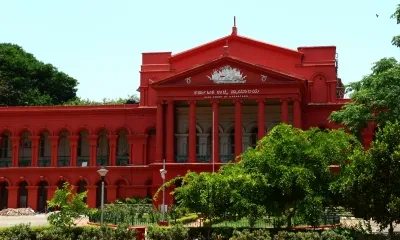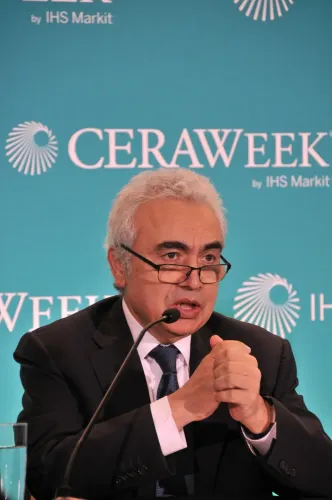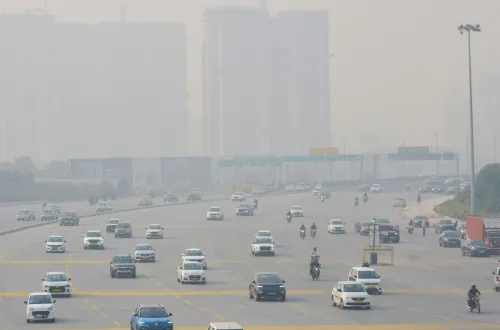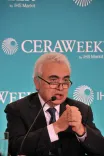Was the Red Fort Explosion a Hasty Act of Terror?
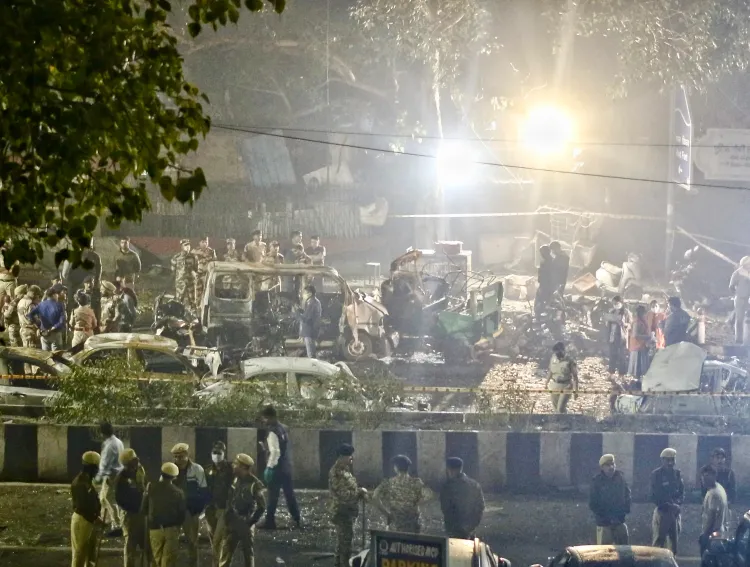
Synopsis
Key Takeaways
- The explosion at the Red Fort may be linked to terrorist activities.
- At least nine fatalities and over 30 injuries were reported.
- The Hyundai i20 car was packed with high-end explosives.
- A connection to a Faridabad terrorist module is being investigated.
- The attack appears to have been executed in haste.
New Delhi, Nov 11 (NationPress) The initial findings from the investigation regarding the car blast near Delhi's Red Fort indicate that it may be linked to terrorist activities. Authorities have established that a Hyundai i20 was filled with explosives and intentionally detonated close to Gate No.1 of the Red Fort Metro Station.
The tragic incident resulted in the deaths of at least nine individuals and left over 30 others injured. Current evidence points to a potential suicide bombing, with connections to a recently dismantled module in Faridabad, as confirmed by the Jammu and Kashmir police.
Forensic experts on-site have discovered that a sophisticated explosive was utilized, with suspicions of ammonium nitrate and RDX being present in the vehicle. Investigators have noted a pattern of frequent ownership changes, a typical tactic employed by terrorists to select vehicles for SVB-IED (suicide vehicle-borne improvised explosive device) operations.
While no conclusions have been drawn yet, officials assert that all evidence points toward a terrorist act. Reports indicate that the car was registered to a certain Tariq, a resident of Pulwama, Jammu and Kashmir, whose ties to the Faridabad module are currently under scrutiny.
The detonation occurred at approximately 6:52 p.m., resulting in a fire that spread to nearby vehicles. Investigators believe the Faridabad module played a significant role in both supplying explosives and orchestrating the attack. There are also suspicions that Dr. Umar Mohammad, a member of the Faridabad group, was in the vehicle during the explosion.
A DNA analysis is anticipated to help identify who was inside the car at the time of the blast. The authorities have been tracking Mohammad for several days; he is reportedly linked to the Faridabad module and is involved in financing terrorism and arms smuggling.
The ownership history of the vehicle is pivotal to the investigation, revealing that it was initially registered to Mohammad Salman, who sold it to Nadeem. Nadeem subsequently transferred it to a car dealer in Faridabad, who then sold it to Tariq, before it eventually ended up with Dr. Umar Mohammad. Tariq is currently under police questioning.
During the investigation, it was found that the car had been parked near the Red Fort for nearly three hours before it was moved. The timing of the car's exit coincided with heavy traffic, which the attackers appeared to exploit to maximize damage. It remains uncertain whether the car was intended to explode while parked or if the attackers fled in haste after the Faridabad module was compromised.
According to an official from the investigation agency, all current evidence suggests it was a Fedayeen attack executed in haste, likely deviating from the original plan.
Additionally, sources indicate that the nature of the explosion suggests the vehicle contained a substantial amount of explosives. The blast occurred shortly after the arrest of Dr. Muzzamil Shakeel, who was found in possession of 2,900 kilograms of explosives.
The police believe that the operation was conducted by members of Jaish-e-Mohammad and Ansar Ghazwatul Hind (AGH), both of which have connections to Al-Qaeda. The authorities suspect that the explosion was executed in a rush, possibly due to the panic following the disruption of the Faridabad module, which had plans for a series of explosions across the nation.

